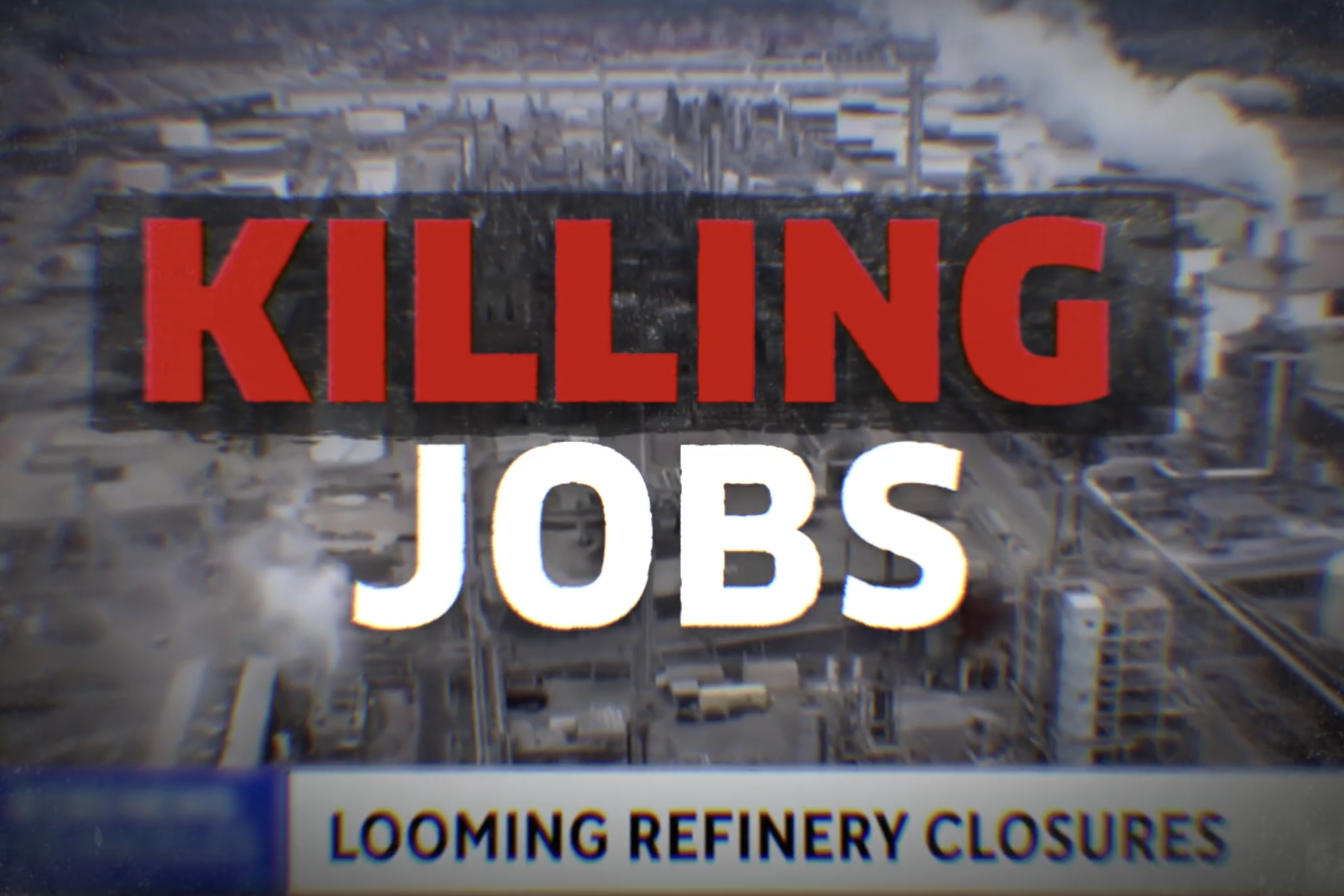As the ethanol industry’s ever-eager lobbyists lean on the U.S. Government to throw yet another enormous annual biofuels obligation (RVOs) into the laps of beleaguered U.S. refineries, some observers are wondering why. Fifteen years into the creation of the RFS, does ethanol’s single-minded pursuit of huge government blending targets actually help the industry?
The question comes at a critical time. As ethanol’s volatile price history illustrates, oversupply issues have long bedeviled the industry—and with COVID-19 crunching transportation fuel demand, things are only getting worse. Whether it’s ADM being sued by Green Plains for manipulating ethanol markets or America’s own blendwall steadfastly refusing to consume what ethanol tries to feed it, the industry’s dependence on government support distorts ordinary market signals that guide consumers in our actual economy. A quote from Green Plains CEO Todd Becker in a recent Bloomberg article nicely says it all:
Becker says he’s disappointed at the industry’s lack of discipline, flooding the market with ethanol every time margins increase. As a result, Green Plains has left the board of Growth Energy, an industry lobby group that supports pro-biofuel policies.
As ethanol lobbyists scramble to push EPA toward another gargantuan annual RVO—and as RIN prices are skyrocketing—ethanol continues to see its blend rate remain right around where it has sat for the last several years. In other words, skyrocketing RINs and an aggressive mandate do NOT seem to be advancing the cause of exponentially more ethanol blending. Why? In a nutshell, the very unrealistic targets and high RINs prices that the ethanol sector has been pushing do nothing except incentivize alternative biofuels produced overseas. Allow us to explain.
Since the blendwall continues to physically limit the amount of ethanol that can be blended into the fuel supply, high RIN prices and higher mandated volumes simply cannot appreciably advance ethanol consumption. In fact, these factors create greater incentives for refiners to use bio- or renewable diesel, much of which must come from foreign sources. We see this trend in 2020, with D6 RIN generation down some 1.2 billion gallons through June compared to the same period in 2019 —attributable to the massive decline in gasoline demand coupled with roughly half of ethanol capacity idled. And yet biodiesel and renewable RIN generation is UP about 62 million gallons (representing over 102 million RINs). Bio- and renewable diesel represent a higher percentage of all RINs generated through June 2020 (25%) compared to the same period last year (21%). Meanwhile, biogas RINs generation is also higher than it was through the same point of last year, which increases its percentage of total RIN generation.
So what’s the story here? To start off, RIN prices are up well over 200% since the beginning of the year. While biofuels advocates have always contended that high RINs prices drive blending, the opposite is occurring. While May of this year saw the third highest blendrate within the last year, the overall blendrate through May is actually a tad lower than it was through the same period last year – despite the highly aggressive RVO and skyrocketing RIN prices.
In addition, the standard assumed 700 million gallons worth of reallocation, but since no SREs have been issued (and the market does not expect them to be), the RVO was set assuming a de facto 15.7 billion gallons of conventional ethanol. So while EPA is essentially mandating more than the statutory ceiling, driving RINs prices to three-year highs, the blend rate remains about the same or slightly below last year’s levels. Could this be the moment that ethanol understands what we’ve been saying for years? High RINs prices and high volume standards do not encourage ethanol demand. They do drive demand for more biodiesel, much of which has to be found abroad.
The data bears this out. Through June, 20 percent of all bio- and renewable diesel RINs (D4 category) generated are from foreign sources. This figure represents over 250 million gallons (and over 406 million RINs) of foreign fuel.
Fifteen years into our country’s failed RFS experiment, history has made clear once again that artificial government supports are not the ticket to a successful industry. Just maybe, when honest ethanol analysts suggest it’s time to turn the page on RFS and RINs reliance, somebody somewhere in the Corn Belt will finally listen.


